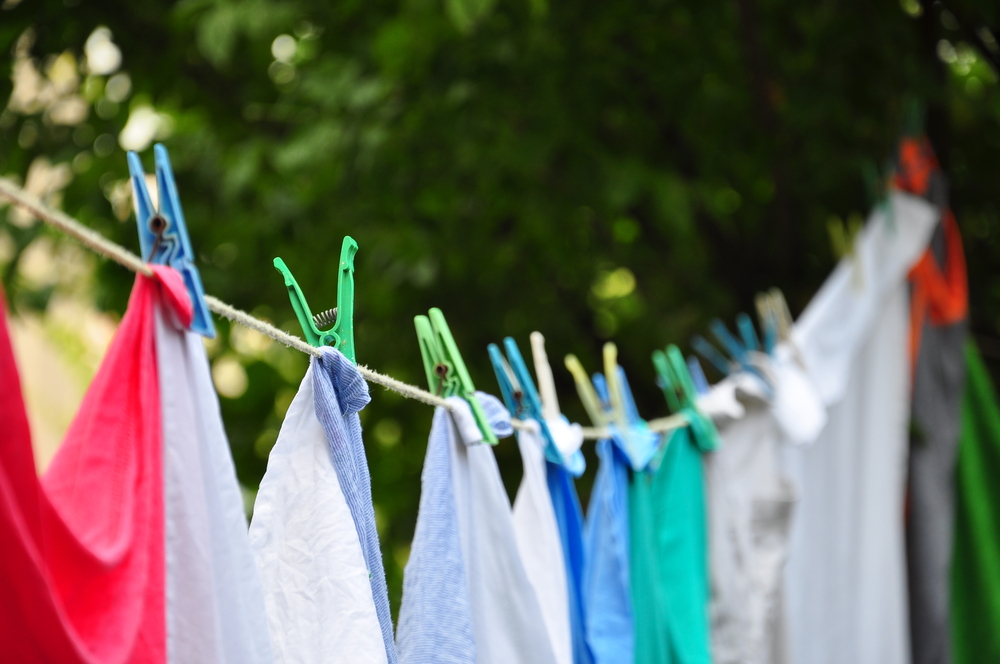On The Line: A Glimpse Into The World Of Competitive Clothes Drying
 THERE’S tense scenes as the third judge runs his hand over the towel, feeling for any signs of dampness… a pause… and then a white flag. It’s dry. Canavan is through to the next round.
THERE’S tense scenes as the third judge runs his hand over the towel, feeling for any signs of dampness… a pause… and then a white flag. It’s dry. Canavan is through to the next round.
We’ve been watching Maura Canavan, a Westmeath housewife and two-time All Ireland drying champion, from early this morning as she competed in the regional finals of this year’s drying championships in Athlone, in a must-win heat against fierce local competition.
It’s our first time at the drying championships, and the thing that amazes us most is the sheer tactical skill showcased by each competitor: from judging the weather conditions to remaining vigilant in case of rain, each professional dryer (or “dry-baby” as they’re affectionately called) puts their heart and soul into getting the regulation-standard 8kg wash bone-dry before anyone else.
Peg-placement, hang-dryer use, clothes rotation, sun-catching, rapid clothes retrieval during intermittent showers… the tension at a drying tournament can be unbearable, and only true champions stand a chance.
“Anyone can throw a full load of washing in the tumble-dryer and just let it run for five hours,” said Canavan, who has been taking part in competitive drying competitions since she was 25.
“Likewise, anyone can hang their washing on the radiators and crank up the heat. But there’s a real skill, an art, in being able to gauge the weather, hang wet clothes on the line and bring them back in less than two hours”.
Canavan is a “pure dryer”, that is, one who uses only the clothes line to dry the standard spectrum of clothes, socks, towels and pants. Other competitors prefer to spin the clothes first to “get the heavy wetness out of them” before putting them on the line, while others do a spin at the end to “finish them off”. The 47-year-old mother of two opts to simply hang the clothes out and let the wind do the rest, favouring a dual-line system over a whirlygig, both of which are accepted by competition officials.
“I’ve seen people present their clothes after spinning them in the dryer, but they aren’t dry: they’re just hot and damp,” boasted Maura, taking a break before the afternoon’s bed sheet and duvet-cover challenge.
“Air dry is always best. Your senses become fine-tuned to hints of rainfall or precipitation, so you know exactly when to make the dash to get the clothes off the line. Here at the competition, they’ve got replica kitchens and utility rooms to compete in, so you can spin the clothes if they need it, but you’re penalised for excess electricity used. I put my wash on a clothes horse if it’s needed, and my technique of towel-spacing and sock placement has yet to be beaten by any of the dry-babies currently competing in Ireland”.
We leave Maura to prepare for the rest of her tournament, and although we didn’t press her, we assume that at least some of her focus must be on the upcoming World Drying Championships in Helsinki, where she will face off against her old rival Nakamuro Kobiashi, the Japanese drying legend who is making a return to the sport following a three-year ban for wringing.